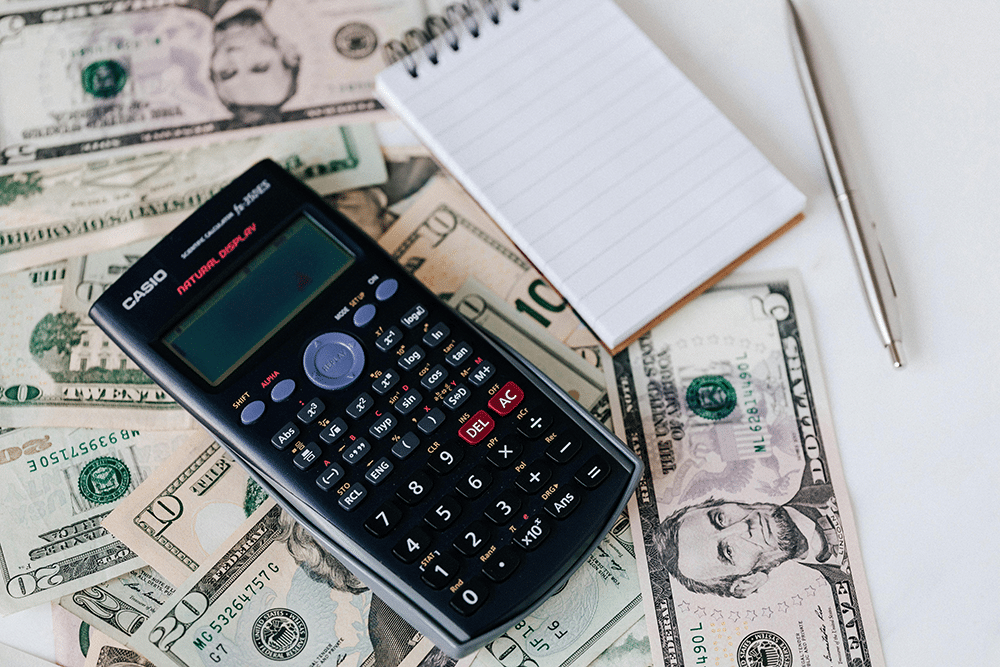As a dental practice owner or dentist working as an independent contractor, you have the opportunity to strategically reduce your income taxes while boosting your Section 199A Tax Deduction. By implementing effective tax planning strategies tailored to your unique situation, you can maximize this valuable deduction, keep more of your hard-earned income, and enhance the overall financial health of your practice or career.
First Things First
If your taxable income exceeds $182,100 (or $364,200 for joint returns), various factors such as your business type, wages paid, and property owned can impact your Section 199A tax deduction, potentially increasing, decreasing, or eliminating it.
If your deduction falls below 20 percent of your qualified business income (QBI), explore the strategies below to enhance your Section 199A tax deduction.
Strategy 1: Harvest Capital Losses
Capital gains affect your taxable income, which influences your eligibility for the Section 199A tax deduction, determines the maximum deduction amount, and dictates the need for wages and property to optimize deductions.
If capital gains are reducing your Section 199A tax deduction, consider harvesting capital losses before year-end to offset these gains.
Strategy 2: Make Charitable Contributions
Leverage itemized deductions, such as charitable contributions, to lower your Form 1040 taxable income, addressing threshold issues and augmenting your Section 199A tax deduction.
Charitable donations are an effective way to bolster itemized deductions, especially if you already itemize your deductions.
Strategy 3: Invest in Business Assets
Utilize Section 179 expensing to deduct 100 percent of most property and equipment costs, or opt for bonus and MACRS depreciation to write off over 80 percent of these expenses. Purchase and place these assets in service before December 31, 2024. Think of assets such as equipment, chairs for the ops, hand pieces used for procedures, or even large purchases such as CBCT machines.
Significant asset acquisitions and write-offs benefit your Section 199A tax deduction in two ways:
- They reduce taxable income, potentially increasing your Section 199A tax deduction by bringing taxable income under the threshold.
- They contribute to a higher Section 199A tax deduction if your deduction calculation includes 2.5 percent of your business’s unadjusted basis in qualified property. By acquiring assets, you expand your qualified property base, leading to a larger Section 199A deduction.
Implementing these strategies can optimize your tax situation and significantly maximize your Section 199A tax deduction, whether you are a dental practice owner or an independent contractor dentist. Learn how to navigate the complexities of the deduction to save more on taxes and improve the financial health of your business.

